#subsidies

Amazon has chosen New York City and Arlington, Virginia, for new corporate headquarters after the cities ponied up more than $2 billion in subsidies to the retail giant.
Workers in the two cities will be winners as labor demand gets boosted, but business subsidies make losers of taxpayers, other businesses and good governance.
Ten Harmful Consequences of Handouts for Amazon
- Fairness. Subsidies give Amazon an unfair edge other tech firms in New York City and Northern Virginia.
- Alternatives.New York and Virginia would have generated more durable growth by cutting business taxes across the board by $2 billion. That would have boosted investment by many businesses, and thus created more balanced prosperity.
- Diversity. Industry clusters such as Silicon Valley are successful not because they have big companies, but because they have a start-up culture that nurtures growth companies with venture capital. Rather than favoring big companies, state and local politicians would better spur growth by reducing tax and regulatory barriers to spawn a diversity of new companies.
- Corruption. Allowing politicians to hand-out business subsidies at their discretion generates corruption because the hand-outs get swapped for campaign cash and outright bribes.
- Bureaucracy. Amazon-style subsidy deals are jobs programs for accountants and lawyers.
- Lobbyists. The high-profile Amazon win will inspire more companies to shake down politicians for subsidies.
- Dependency.Just as welfare undermines individual productivity, corporate welfare undermines business productivity.
- Bad Decisions. Subsidies induce companies to make bad decisions that backfire.
- Politics. High-profile subsidy deals are politically risky.
- Priorities. State and local governments face serious problems that may sink their economies in coming years such as large unfunded pension costs. They should fix those problems rather than trying to micromanage the economy.
Rather than subsidizing big businesses, the states should aim to create a diverse business ecosystem — an Amazon, if you will — by cutting taxes and regulations for all types of investment. If states adopt low tax rates and repeal unneeded regulations on zoning, licensing, and other activities, growth will take care of itself.
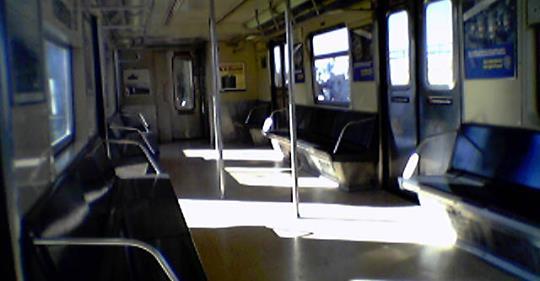
Transit Ridership Is Declining:
Since 2014, ridership has been steadily falling in almost every urban area despite a healthy economy.
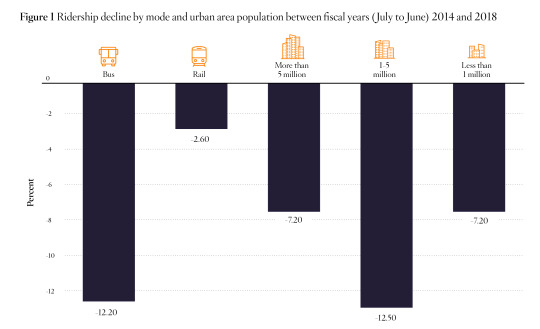
Transit’s Recent Decline Is Nearly Catastrophic in Some Areas:

Transit ridership in 31 of the nation’s 50 largest urban areas has dropped 15 percent or more since the year of highest ridership in each region in the last decade. While transit ridership has declined in the past, as it did between 1990 and 1995, it recovered due to high gas prices. Today, moderate gas prices are fueled by America’s resurging oil industry, and when that resurgence is combined with deteriorating transit infrastructure and the growth of the ride-hailing industry, it appears that the most recent decline may be irreversible.
Transit Requires High Downtown Job Concentrations:
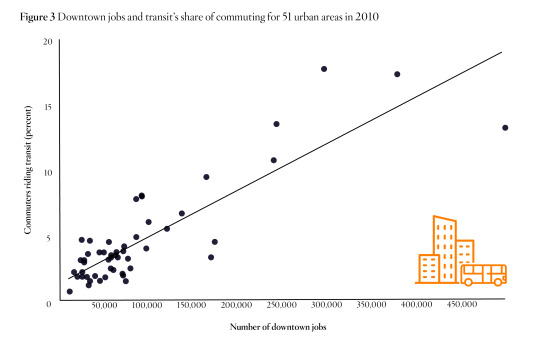
Many assume that transit ridership is heavily influenced by population density, however, much more important to transit is the concentration of downtown jobs. A major reason for transit’s decline has been the dispersion of jobs from concentrated job centers to distribution across the urban landscape. O'Toole finds the only urban areas whose transit systems carried more than 10 percent of commuters had more than 240,000 downtown jobs.
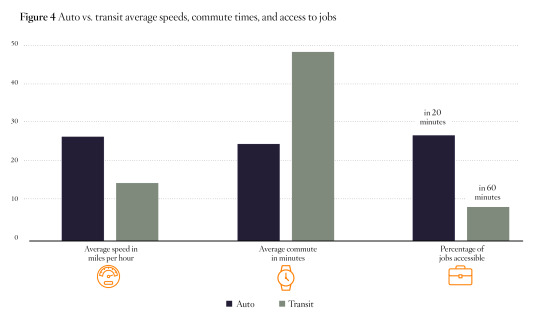
The average speed of transit is 15 miles per hour while the average speed of urban driving is at least 27 miles per hour.
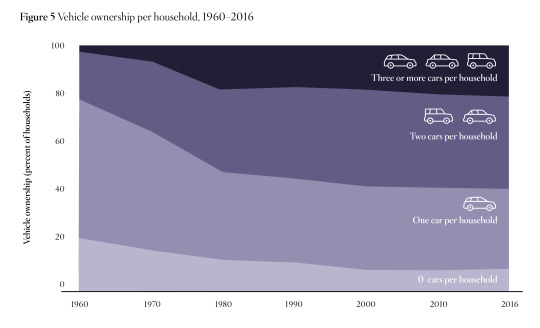
Americans have responded to the automobile’s advantages over transit by steadily increasing automobile ownership, with 21 percent of American households having three or more cars and fewer than 9 percent having no car. Making matters even more difficult for transit, about half the households with no cars also have no workers: only 4.3 percent of American workers live in households that have no cars. In addition, more than 20 percent of workers in carless households nevertheless drive alone to work (probably in employer-supplied cars) while fewer than 42 percent take transit to work.

Per passenger mile, transit costs more than four times as much as driving, and transit subsidies are more than 70 times larger than highway subsidies.
About Half the Cost of Transit Is Because It Is Government-Run:
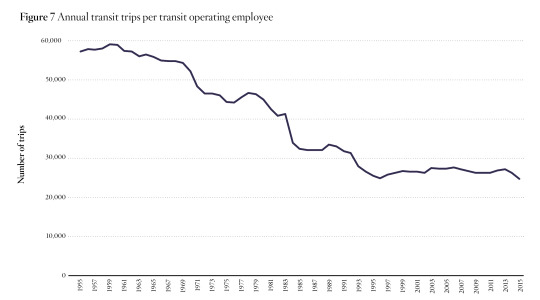
Today transit carries fewer than 27,000 riders per operating employee compared to 59,000 riders per employee in the decade prior to 1964, the year Congress gave cities and states incentives to municipalize transit systems.
Since 1970, Subsidies Have Exceeded $1.3 Trillion:
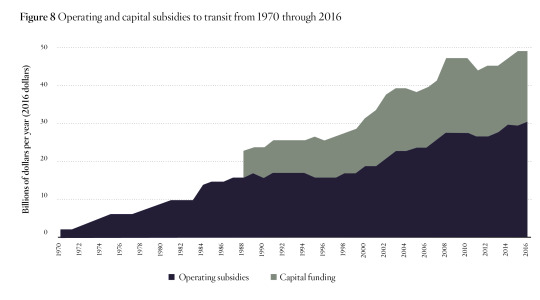
Current total transit subsidies total more than $50 billion a year, with annual subsidies averaging more than $150 per U.S. resident even though most people rarely, if ever, use transit. A major problem with transit agencies’ dependence on subsidies is that such dependence makes them more beholden to politicians and their backers than to transit riders. Agencies become willing and eager to approve cushy union contracts and gold-plated infrastructure projects that do little to improve local or regional transportation. Meanwhile, politicians neglect the maintenance of existing systems, leading to frequent breakdowns.
Growing Subsidies Haven’t Boosted Transit Ridership:
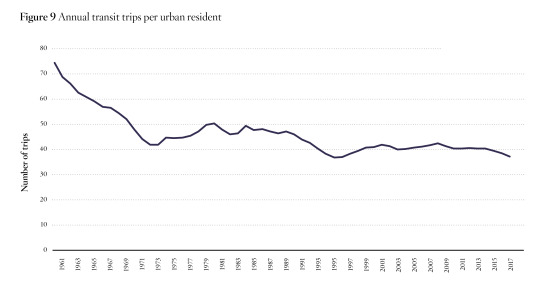
At best, the tens of billions of dollars in annual transit subsidies have only slowed the decline in ridership.
Transit Is Increasingly Used By High-Income People:
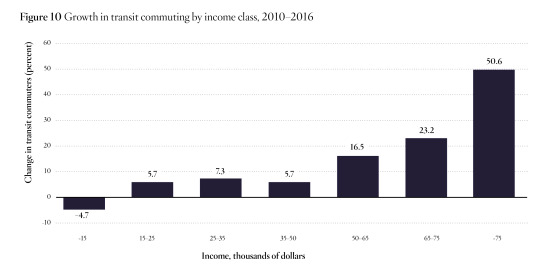
The 2010 Census found that people who earned $75,000 or more per year were more likely to ride transit than any other income class.

In all but four urban areas, transit uses more energy and emits more greenhouse gases per passenger mile than driving.
Transit Spending Doesn’t Boost Urban Growth:

The fastest-growing urban areas in the 2000s were ones that spent the least on transit improvements in the 1990s, while urban areas that spent the most on transit improvements were among the slowest-growing regions.
